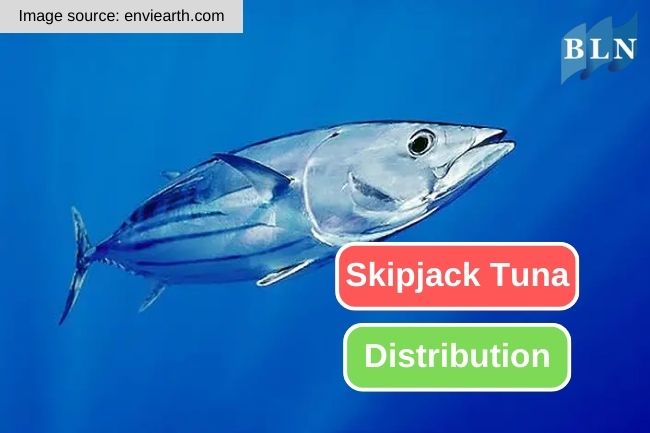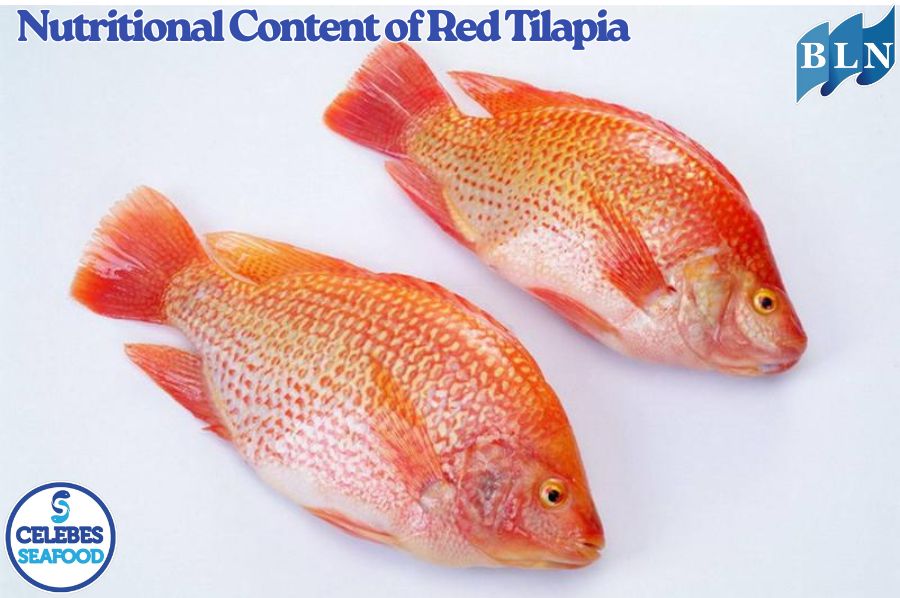The Remarkable Range of Skipjack Tuna Distribution
By. Nevanda - 25 Oct 2023
lautnusantara.com - Skipjack tuna is one of the most important fish species in the global fishing industry. It is characterized by a slender body, a blue-green back, and black stripes on the sides. Skipjack is one of the pelagic fishes that are distributed in various oceans around the world, and its distribution is very interesting to explore.
Geographical Distribution of Skipjack Fish
Skipjacks have a wide distribution, spreading across many oceans and subtropical and tropical regions around the world. They are usually found in open oceans that have warm sea surface temperatures. Most skipjacks live within an oceanic region known as the "Inter-Tropical Convergence Zone" or ITCZ. This region is where air masses converge, creating ideal conditions for the growth of phytoplankton, which is the main food of skipjack.
Read also: The Crucial Ecological Roles of Crabs
Distribution in the Pacific Ocean
One area with a sizable skipjack population is the Pacific Ocean. Skipjack in the Pacific Ocean are generally divided into two large populations, the western population and the eastern population. The western population tends to swim closer to the coast of Japan and Taiwan, while the eastern population is closer to the coast of South America and Central America.
Distribution in the Atlantic Ocean and Indian Ocean
In addition to the Pacific Ocean, skipjack are also found in the Atlantic Ocean and Indian Ocean. They often migrate in large numbers and can be found in waters as far away as the Caribbean Sea, Gulf of Mexico, Red Sea, and even the east coast of Africa.
Read also: The Fascinating Distribution of Giant Pacific Octopus
Skipjack are an interesting species with a wide geographical distribution. Their distribution in various oceans around the world reflects the complexity of marine ecosystems. Conservation and wise management need to be implemented to ensure that skipjack remain available for future generations and maintain the balance of marine ecosystems that are essential to our lives. With a better understanding of skipjack behavior and distribution, we can play a role in maintaining the sustainability of this species and keep our marine ecosystems in balance.
Read also: A Complete Guide to Cooking Seafood with the Right Techniques
 in Protecting Shrimp Commodities from Radioactive Contamination.png)







